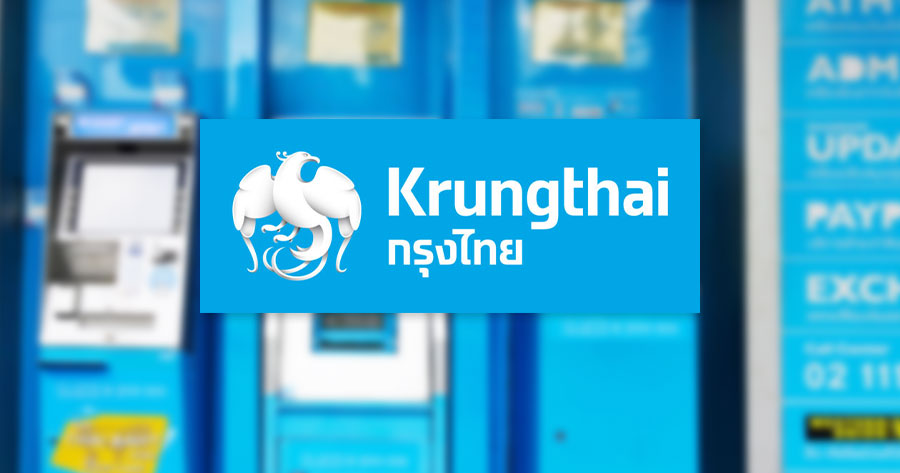Payong Srivanich, President of Krung Thai Bank Public Company Limited (SET: KTB), revealed that on October 29, 2025, the bank’s board of directors approved an interim dividend payment at THB 0.43 per share, reflecting strong and stable performance as well as the bank’s capability to deliver consistent returns to shareholders.
The interim dividend demonstrates the bank’s confidence in future growth prospects and readiness for capital management. It aims to strike a balance between the growth of core businesses with an emphasis on disciplined and flexible capital management, and generating sustainable long-term returns for shareholders, despite pressures from a sluggish economic environment affecting both the business and financial sectors. This reflects KTB’s financial strength and ongoing commitment to business continuity.
KTB prioritizes sustainable growth alongside supporting the Thai economy and society, facilitating access to funding for all customer segments, and expanding widespread access to financial services. The goal is to achieve a balance between shareholder returns and social responsibility, delivering long-term value to customers, shareholders, and all stakeholders.
Analysts at TISCO Securities maintain a “BUY” on KTB, with a 2026 target price of THB 27.50, citing the attractive upside of the share price and an expected dividend yield of 6% per year.
Meanwhile, TISCO’s research department has revised KTB’s 2025 profit estimate up by 9% from previous projections to THB 47,856 million (+9% YoY), reflecting the strong 3Q25 results boosted by mark-to-market gains from Thai Airways International Public Company Limited (SET: THAI) shares. Nine-month profits now account for 78% of the full-year estimate.
4Q25 profit may soften QoQ due to seasonal expenses and the absence of large one-off gains seen in 3Q25. Looking ahead to 2026, profit is expected to decline around 5% YoY from the high base in 2025, with additional pressure from a weaker net interest margin (NIM).





